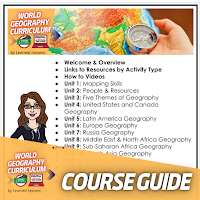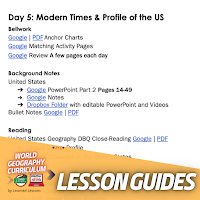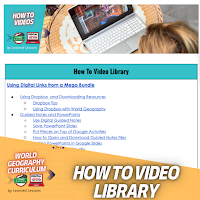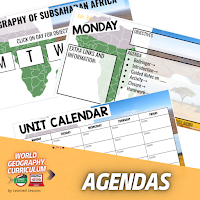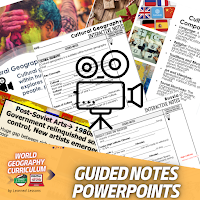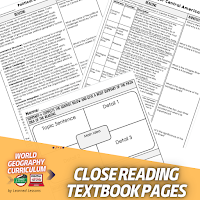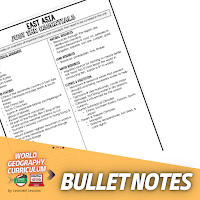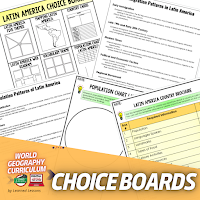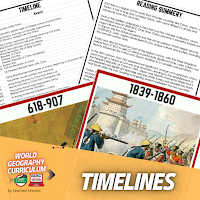Physical Science Reading Comprehension Passages and Questions, Google, Science DBQ, Close Reading | NGSS ScienceTextbook Replacement | Science No Prep Activities | All Original Readings | Science Reading Comprehension Passages and Questions
Are you looking for ways to engage students in reading content? Are you looking for resources to practice using document based questions? These Physical Science DBQs and Close Reading Activities are in both Print & Google versions for Google Classroom. Each set includes original reading passages and charts to have students analyze key content.
- Also part of PHYSICAL SCIENCE BUNDLE, and NGSS BUNDLE.
- Sign up for email updates and follow me on TPT for updates.
INCLUDED:
Scientific & Engineering Practices Textbook Replacement Readings
- Teaching Suggestions
- Engineering by Design Graphic Organizers
- Investigate Like a Scientist
- Best Science Practices
- Asking Questions and Defining Problems
- Developing and Using Models
- Investigations
- Tools for Investigations
- Analyzing and Interpreting Data
- Using Math and Computation Thinking
- Constructing Explanations and Designing Solutions
- Engaging in Argument & Backing Up with Evidence
- Presenting Information
- Science Lab Safety
- Analyzing Data
- Using 5 Senses to Make Observations
- Scientific Math
- Graphing Dependent and Independent Variables
- Engineering by Design Practices
Matter Textbook Replacement Readings
- Teaching Suggestions
- Engineering by Design Graphic Organizers
- Matter Around Us
- Ways to Classify Matter
- Ways to Measure Matter
- Volume & Density
- States of Matter & Phase Transitions
- Properties of Matter
- Particle Theory of Matter
- The Water Cycle & Matter
- Mixtures & Solutions
- Elements, Compounds, Mixtures
- Physical and Chemical Properties
- Law of Conservation of Mass
- Chemical Changes
- Physical Changes
- Balancing Chemical Equations
- Matter in the World Around Us
The Water Cycle Textbook Replacement Readings
- The Water Cycle
- The Hydrosphere
- States of the Water Cycle
- Water Cycle in the Atmosphere
- States of the Water Cycle
- Water Pollution
Atoms, Elements, Compounds, Reactions Textbook Replacement Readings
- Teaching Suggestions
- Engineering by Design Graphic Organizers
- Atoms
- Protons, Neutrons, Electrons
- Atomic Structure
- Electron Cloud
- Definition of Elements
- Periodic Table
- Periods, Groups, Columns, Rows
- Atomic Mass
- Isotopes
- Ion Formation
- Ionic Compounds
- Ion Naming and Ionic Bonding
- Electron Configuration
- Valence Electrons
- Atoms & The Periodic Table
- Physical & Chemical Properties of Matter
- Law of Conservation of Matter
- Compounds and Chemical Formulas
- Chemical Reactions
- Conservation of Mass
- Types of Chemical Reactions
- Balancing Chemical Questions
- Properties of Compounds
- Rate of Chemical Reactions
- Endothermic & Exothermic
Forces & Motions Textbook Replacement Readings
- Teaching Suggestions
- Engineering by Design Graphic Organizers
- Introduction to Forces
- Types of Forces
- Gravity
- Gravitational Force
- Friction and Applied Forces
- Newton’s Laws of Motion
- Predicting Directions
- Balanced & Unbalanced Forces
- Dependent & Independent Variables
- Momentum
- Motion & Velocity
- Velocity & Speed
- Conservation of Energy
Simple Machines (Work, Power, Efficiency) Textbook Replacement Readings
- Teaching Suggestions
- Engineering by Design Graphic Organizers
- Simple Machines
- Common Simple Machines
- Simple Machines & Friction
- Types of Levers & Advantages
- Types of Pulleys & Advantages
- Types of Wheels & Axles & Advantages
- Types of Inclined Planes & Advantages
- Types of Wedges & Screws & Advantages
- Work, Power, Efficiency
- Potential & Kinetic Energy
- Conservation of Energy
Properties of Energy Textbook Replacement Readings
Energy Types Textbook Replacement Readings
- Teaching Suggestions
- Engineering by Design Graphic Organizers
- Energy
- Forms of Energy
- Kinetic Energy
- Potential Energy
- Energy Transfer & Transformation
- Thermal Energy
- Heat Transfer
- Chemical Energy
- Electrical Energy
- Light Energy
- Sound Energy
- Energy Origination
- Conservation of Energy
- Energy in Everyday Life
- Energy Transformations and Transfers
- Alternative Energy Sources
Electricity Textbook Replacement Readings
- Teaching Suggestions
- Engineering by Design Graphic Organizers
- Introduction to Electricity
- Electricity and Energy
- How Electricity is Produced
- Electrical Flow
- Electrical Circuits
- Conductors & Insulators
- AC v. DC
- Series & Parallel Circuits
- Electrical Measurements
- Voltage, Current, & Resistance
- Generators
- Electric Power & Energy
- Electrical Safety
- Electrical Devices & Technologies
- Renewable Energy
- History of Electricity
- Cultural Impact of Electricity
Waves (Sound Waves, Light Waves, Heat Waves) Textbook Replacement Readings
- Teaching Suggestions
- Engineering by Design Graphic Organizers
- Introduction to Waves
- Wave Terminology
- Types of Waves
- Parts of Transverse Wave
- Wave Characteristics
- Properties of Sound Waves
- Sound Wave Interactions
- Light Energy Waves
- Travel Light Waves
- Law of Reflection & Refraction
- Lenses
- Electromagnetic Spectrum
- Interactions of Light Waves
- Visible Light
- Wavelength of Color
- Thermal Energy
- Heat Waves
- Conduction, Radiation, Convection
- Infrared Radiation
Energy Use and Renewal Textbook Replacement Readings
- Teaching Suggestions
- Engineering by Design Graphic Organizers
- Energy Sources
- Renewable Energy Sources
- Fossil Fuels
- Alternative Energy Sources
- Energy Consumption & Efficiency
- Pollution
- Air & Water Pollution
- Conserving Earth’s Resources
- Renewable Energy Technologies
- Sustainable Energy Practices
- Reuse, Reduce, Recycle
- Impact of Energy Overuse
- Population Growth & Carrying Capacity
- Habitat Destruction
- Climate Change
- Global Warming
Perfect for:
- Common Core support in any content area classroom.
- Background Information: Clear, concise background information.
- Test Prep: Reading and summaries to review key content.
- TEST REVIEW: Document based questions/reading practice. DBQs
- Lesson Planning: Use this packet to guide your lesson planning and ensure you include primary source reading and writing, which are common core skills.
- Substitute Lessons (No Prep): Zero prep substitute lessons that guide students through key content and reading practice.
- Bellwork or Ticket Out: Great to begin or end a lesson.
- Homework: Great homework readings to trigger content knowledge and reading practice.
VISIT MY STORE AND FOLLOW TO GET UPDATES WHEN NEW RESOURCES ARE ADDED





















